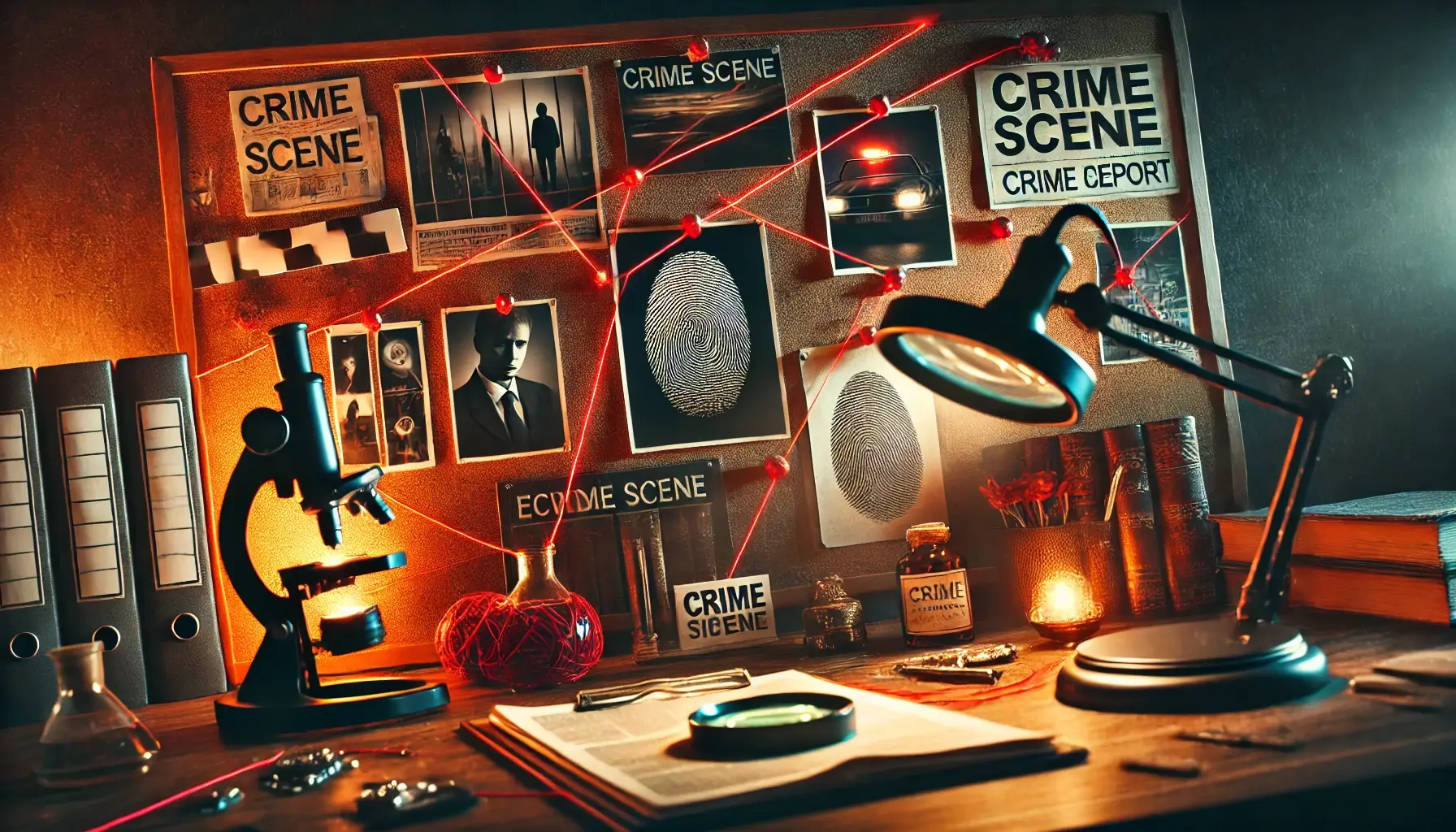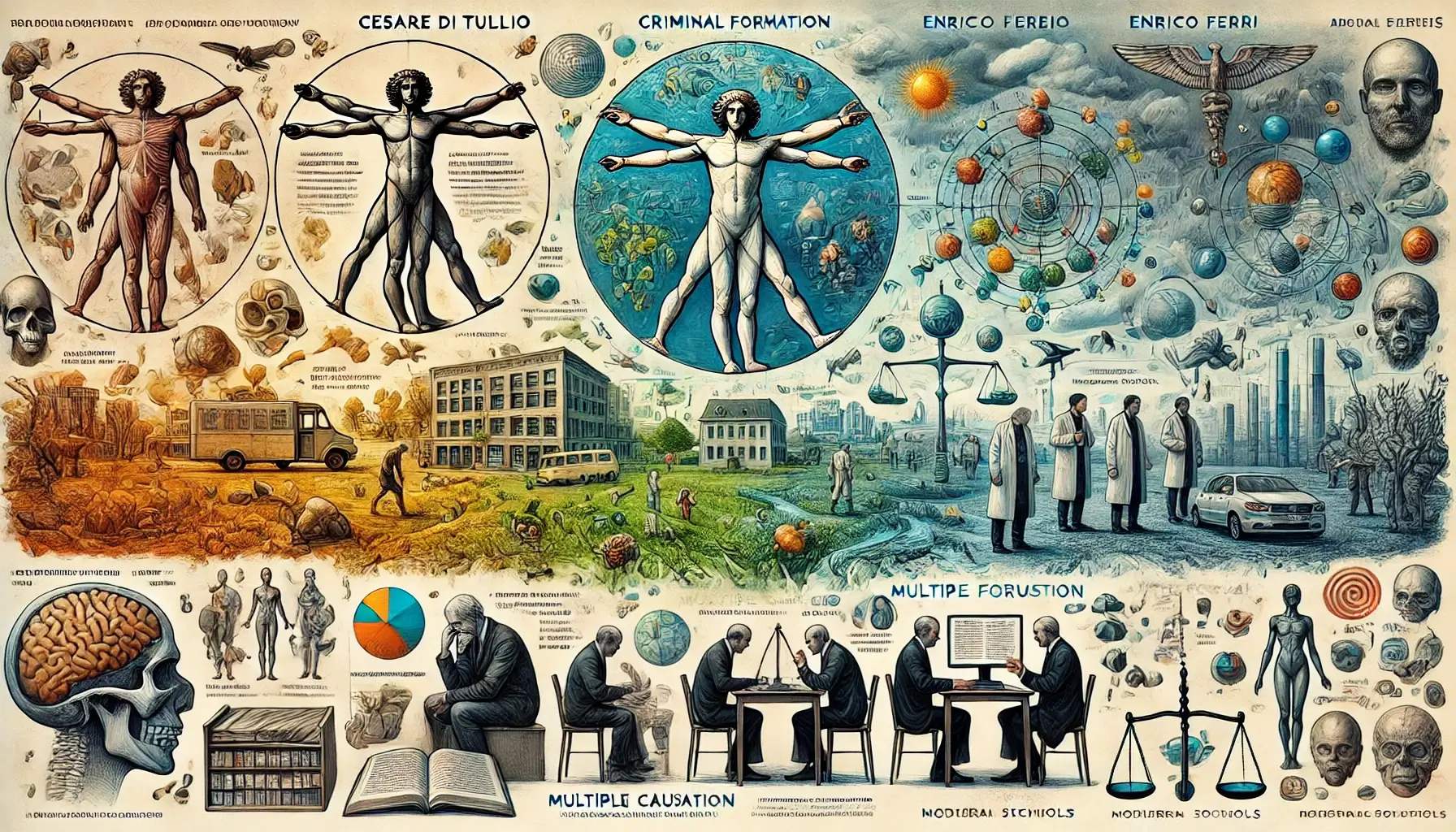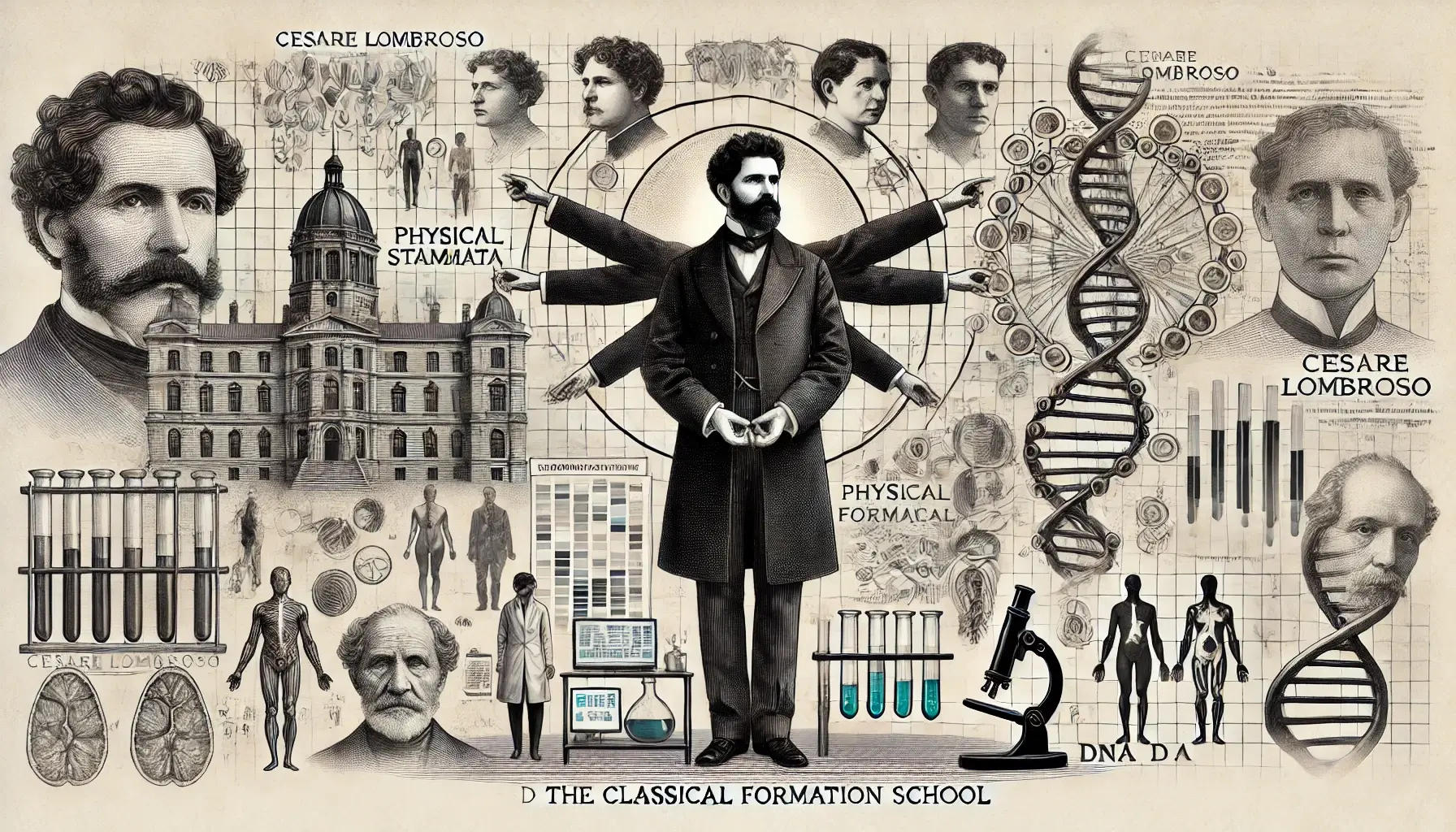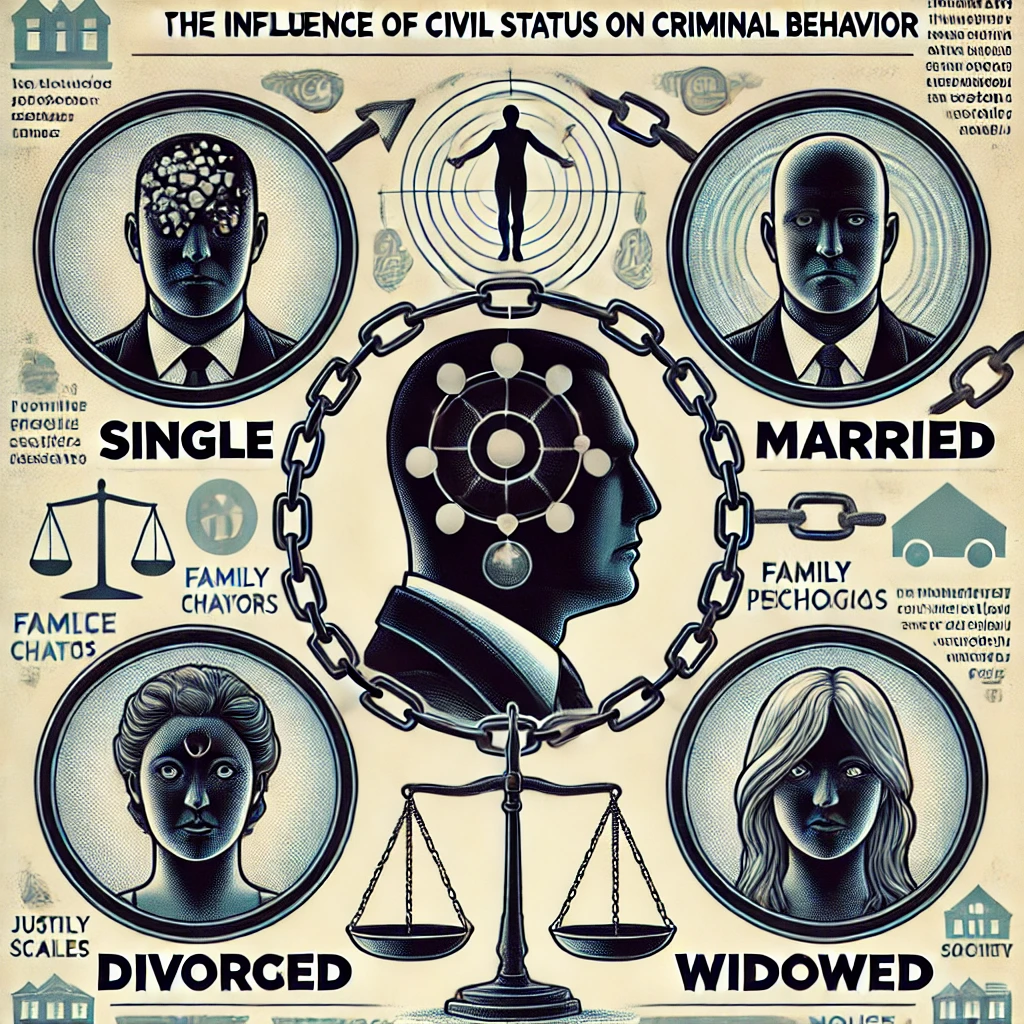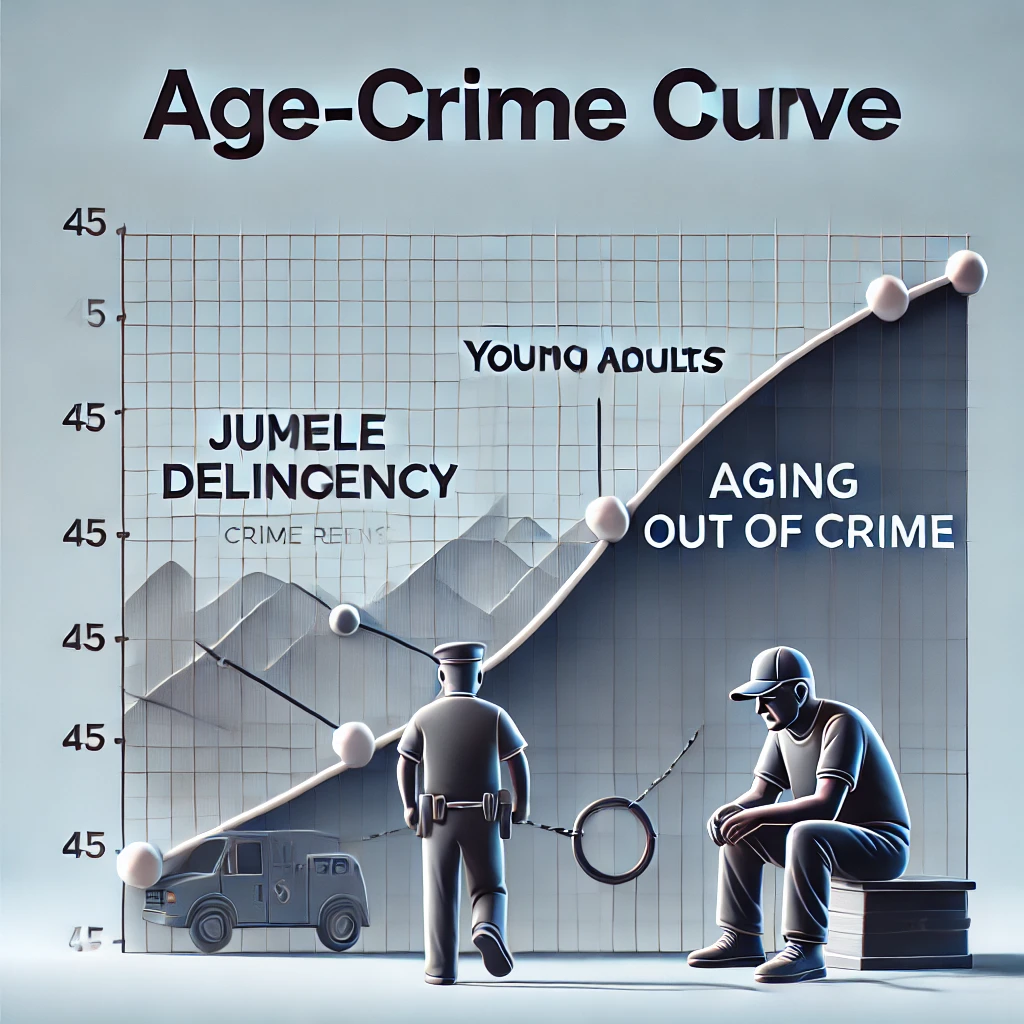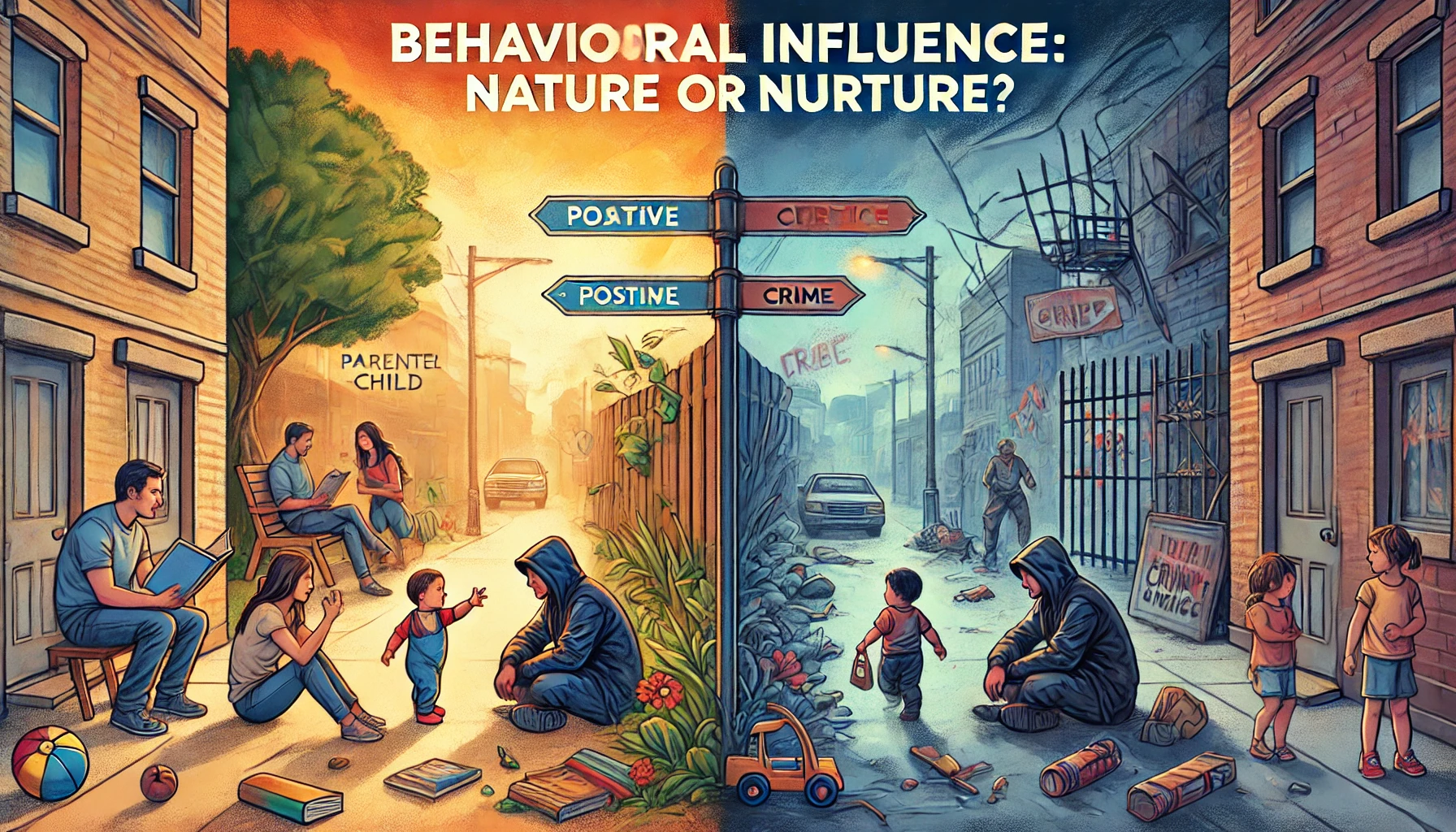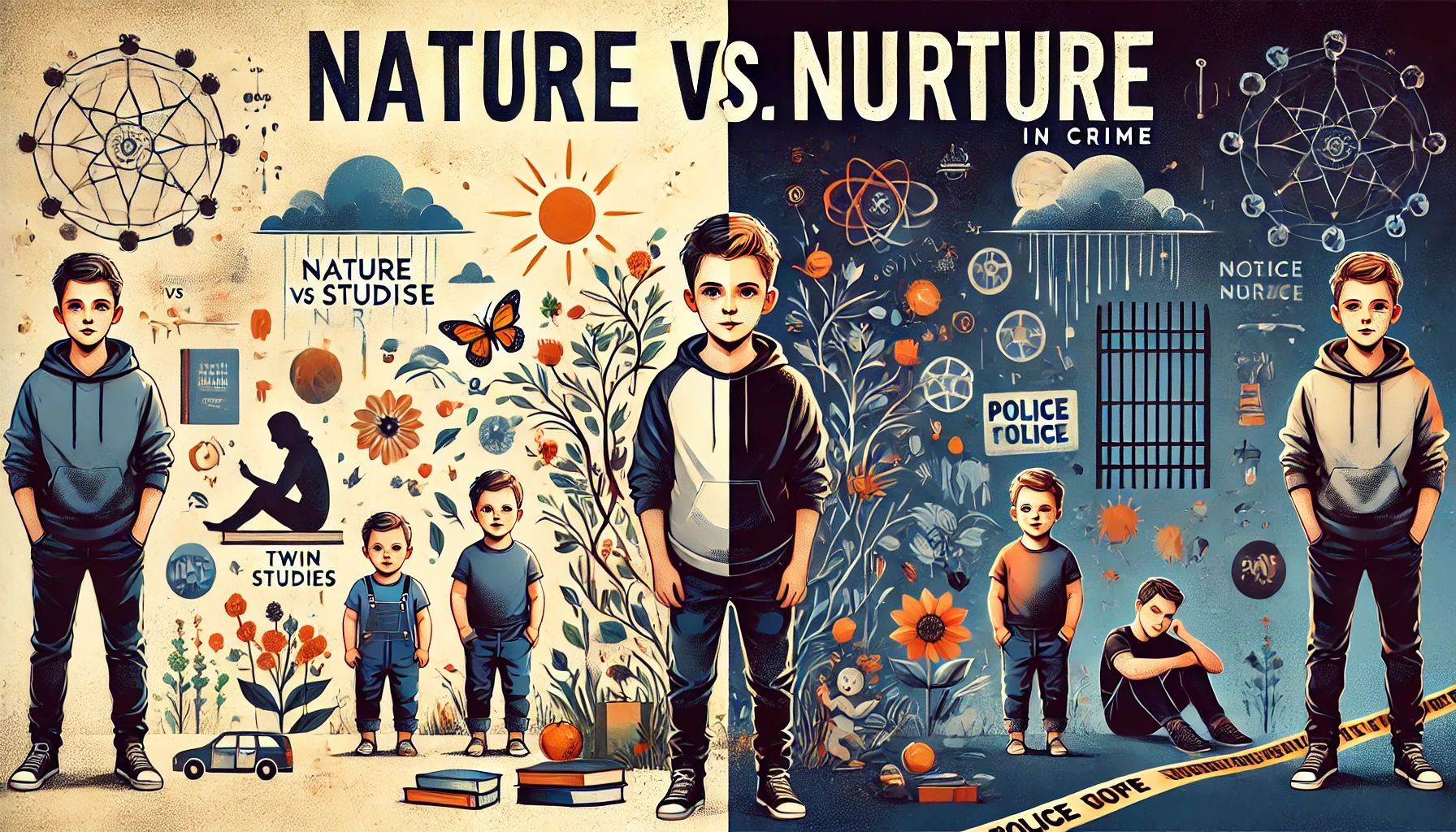Criminal Activity in Criminology
Criminal activity has long been a subject of study in criminology, a discipline dedicated to understanding crime, its causes, and its impact on society. From ancient times to modern-day criminology, scholars have attempted to analyze criminal behavior through various perspectives, including psychological, sociological, and biological dimensions. This article explores criminal activity within criminology, incorporating insights … Read more

